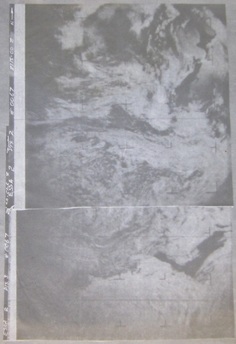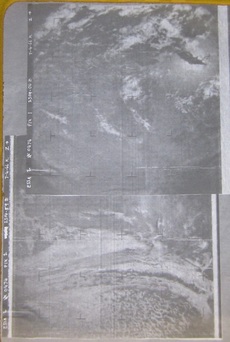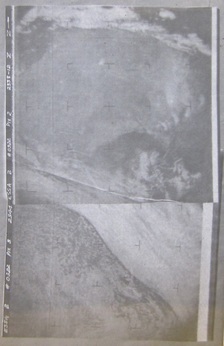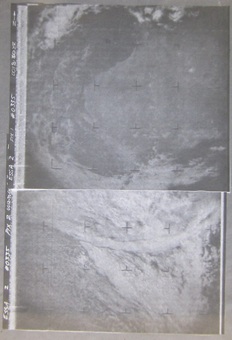|
One of the most interesting things that MUAS was doing was to receive pictures from weather satellites transmitting the Automatic Picture Transmission (APT) signals. These were based on facsimile signals and provided tolerably good black and white pictures of weather systems from Tiros and Nimbus satellites.
Using borrowed equipment that wrote electrostatically onto delicate, wet paper, images were produced and dispatched to the Bureau of Meteorology (BOM). Elsewhere we've said that BOM relied on pictures from MUAS for 18 months before installing their own reception equipment. Pictures were received from the Indian Ocean to well into the Pacific, from the equator to the Antarctic and even, following a failure, from Greenland. Early morning callouts to replace hopelessly underrated components, aircraft electric motors overloaded - but what fun and satisfaction. Here are some photos that we captured. |




